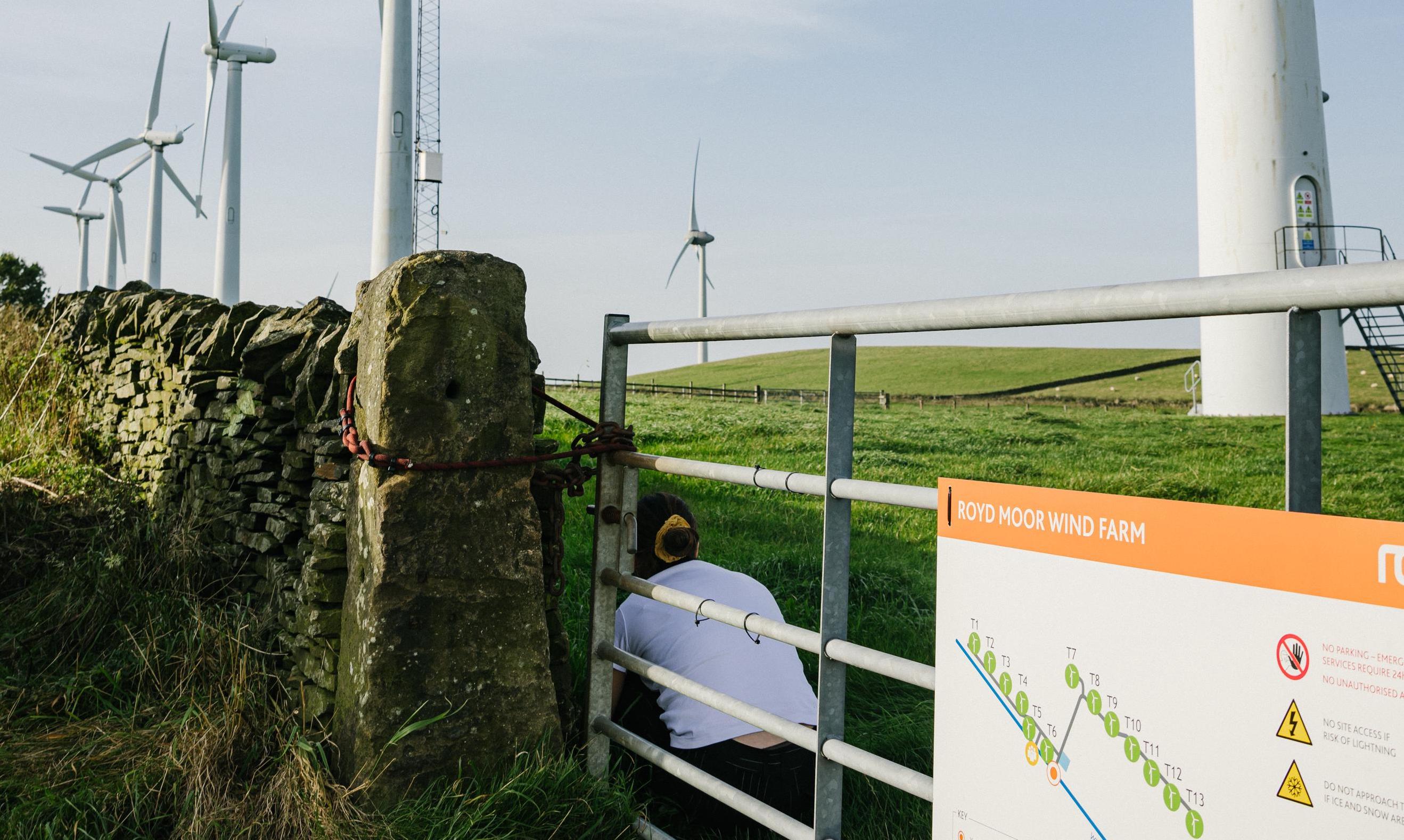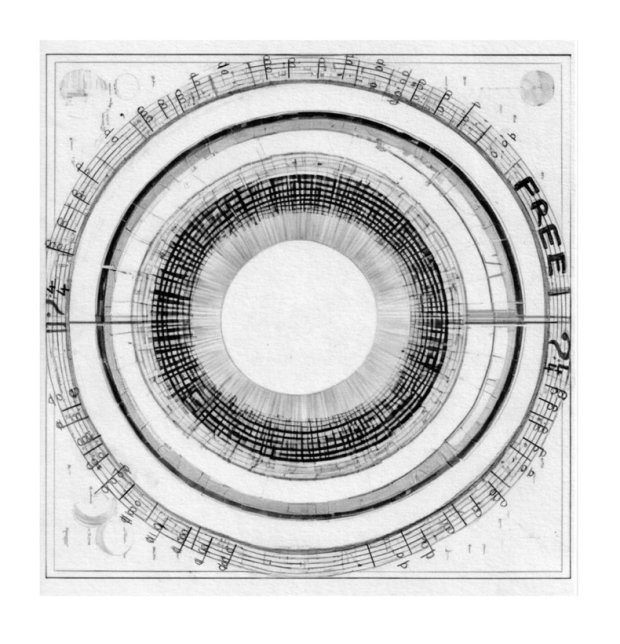
We are delighted to present you go, once before by Sara Rahman, a composition for cello and voice, accompanied by a visual essay and commissioned as part of Beyond the Edge, an open call delivered in partnership with Heritage Quay.
We are delighted to present you go, once before by Sara Rahman, a composition for cello and voice, accompanied by a score and a visual essay and commissioned as part of Beyond the Edge, an open call delivered in partnership with Heritage Quay.
The visual essay premieres online on Sound and Music's YouTube channel on Wednesday 28 February at 7pm GMT. Watch the essay below and scroll down to discover the beautiful circular score.
you go, once before, Sara Rahman (score and Sara's accompanying notes)

Instructions for score (pictured above):
Start at the left hand and move clockwise. All notes are played Tutti. Together. The notes are cued by a conductor or leader. The dynamics for the first section are p, p, cresc. mf, p with each phrase growing in intensity until the FREE section. The dynamics for the second section are mf, mf, cresc. f, mf with each phrase growing in intensity until the end.
The duration of the FREE part is free. Each player chooses a sequence of notes, playing with sensitivity and breath. When you have played FREE for the desired duration, the leader plays one note f and signals that the others should do the same. When everybody realizes that it is the end of FREE you hold the note f and start from the right-hand stave and move clockwise.
Synopsis:
you go, once before was commissioned by Sound and Music in response to the Heritage Quay archive at the University of Huddersfield and the British Music Collection. It was written for an ensemble of four cellos and voice, combining field recordings recorded in the surrounding Huddersfield areas. When exploring the collections, I was drawn to different pieces or documents for different reasons. The composition ‘Peace on Earth to Men’ by Phyllis Tate reminded me that no composition is ever created in abstraction and that as seekers we draw from our surroundings as inspiration in our writing. Meanwhile, in the personal correspondence of Panufnik and Bernard Jacobson, Panufnik wrote on how the composer’s task is always to be a searcher; to search for new forms and new musical language.
From the circular score to the visual essay, I wanted to reference the intersectionality of diaspora and minority groups such as the Jamaican and Caribbean communities of Huddersfield who made a great contribution to sound system culture in the UK and cross-reference this with what has been allowed to occur in Gaza. This commission, in its canonical and cyclical form is to underline a sentiment that hope is resurgent – a hope against hope for a better past and a better future in which steadfastness to land is and community, strong despite the loss of popular faith in structures and the political, economic institution.
Thank you to Sound and Music, Heritage Quay, and the British Music Collection for opening the doors to explore the archive, meet the wonderful team at Heritage Quay and write a response through sound, score, and video to be reintegrated into the archive at Heritage Quay.
Visual essay:
For the premiere at the University of Huddersfield in November 2023, this commission was accompanied by a visual essay combining raw footage shot by Jhenelle White in Yorkshire and archive footage from Palestinian and Lebanese films: They Do Not Exist (1974), 200 Meters (2020), A World Not Ours (2012), A Boy, A Wall, and A Donkey (2008), Towns Sounds Street Party – Celebrating Huddersfield’s Reggae Sound System Culture (YouTube).
Credits:
A huge thank you to Jhenelle White for collaborating with me to create this visual essay. Your intuition was a great asset to this work. I am also very grateful for Francisco Morgan who mixed and mastered the recordings.